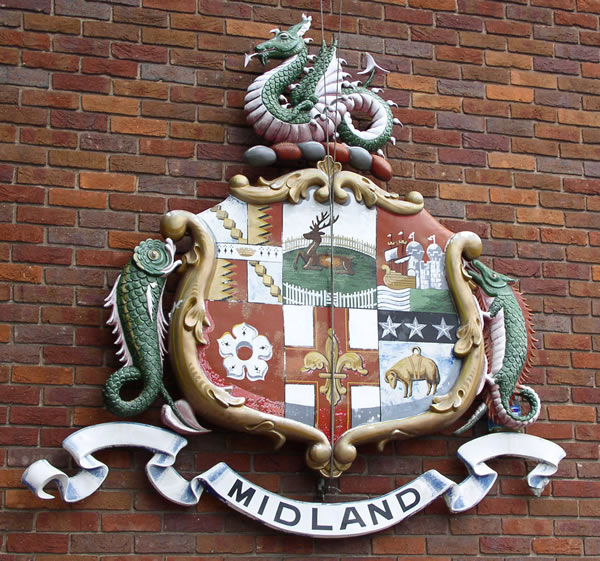Facts About Midland Railway
The Midland Railway was a prominent entity in the UK's railway industry, established in 1844. By the early 20th century, it had evolved into one of Britain's largest railway companies and became a significant employer in Derby, where its headquarters were located. In 1922, the Midland Railway merged with several other companies to form the London, Midland and Scottish Railway.
The company boasted an extensive network of lines radiating from Derby to key locations such as London St Pancras, Manchester, Carlisle, Birmingham, and the South West. It expanded by acquiring other railways and constructing its own lines. Additionally, the Midland Railway operated ships from Heysham to Douglas and Belfast. Many of its infrastructures, such as the Midland Main Line and the Settle–Carlisle Line, remain operational today.
The origins of the Midland Railway trace back to the 1830s when it was initially established to serve local coal owners. Over time, it merged with other railway companies and strategically extended its reach into various regions. The company frequently found itself in competition with other railways, prompting the construction of key routes like the Settle and Carlisle Line and the London Extension Railway.
The Midland Railway featured a distinctive emblem incorporating symbols from cities such as Birmingham, Derby, Bristol, Leicester, Lincoln, and Leeds. A notable element of the emblem was the wyvern, a mythological creature resembling a dragon, which became a prominent symbol of the company.
Throughout its history, the Midland Railway experienced several accidents and incidents, some of which were tragic and resulted in casualties. In 1923, the company merged with other railways to form the London, Midland and Scottish Railway.
Several notable figures were associated with the Midland Railway, including its chairmen, general managers, locomotive superintendents, chief mechanical engineers, resident engineers, architects, and solicitors. These individuals played crucial roles in the company's operations and development.

 Ireland
Ireland